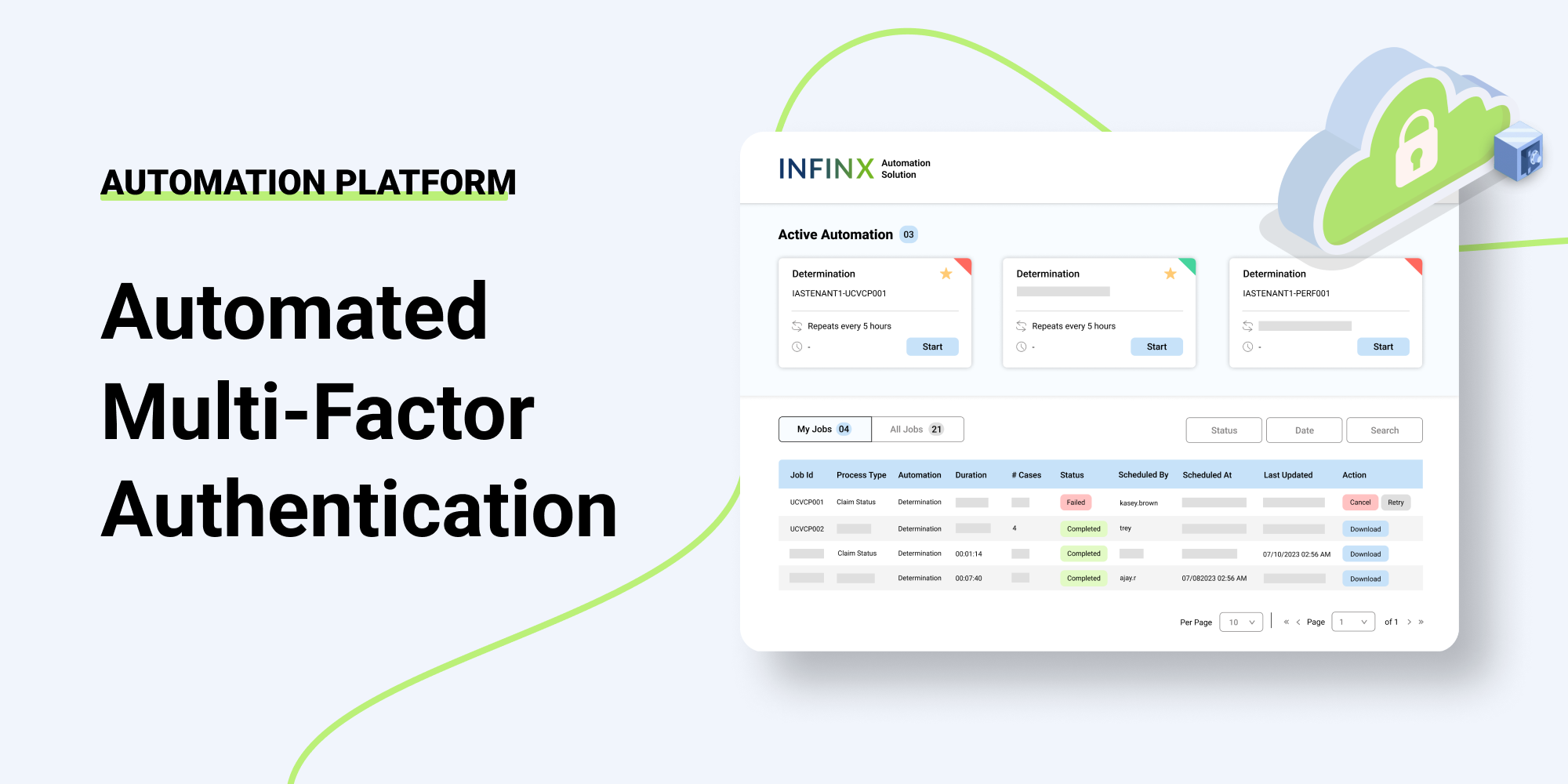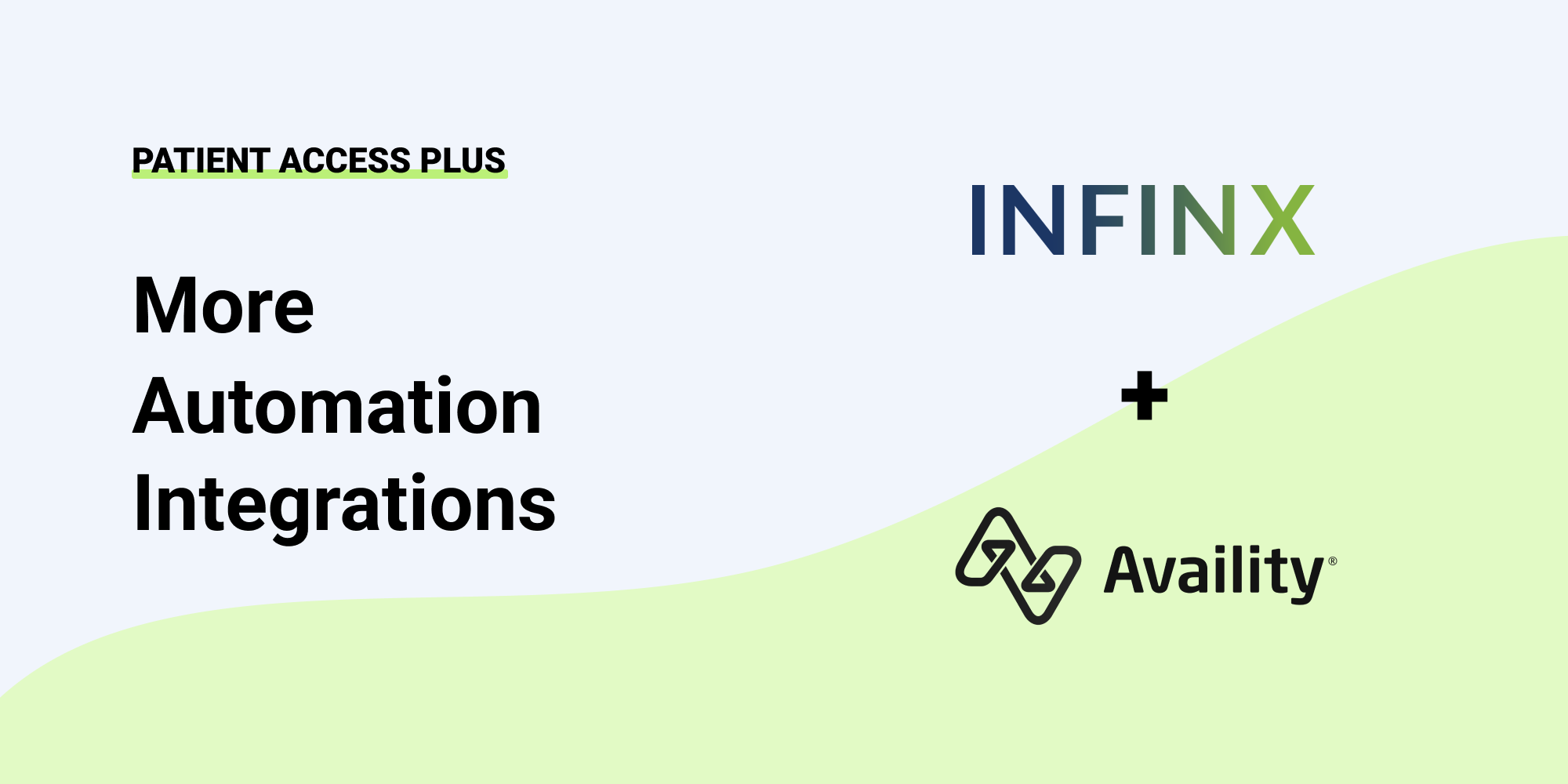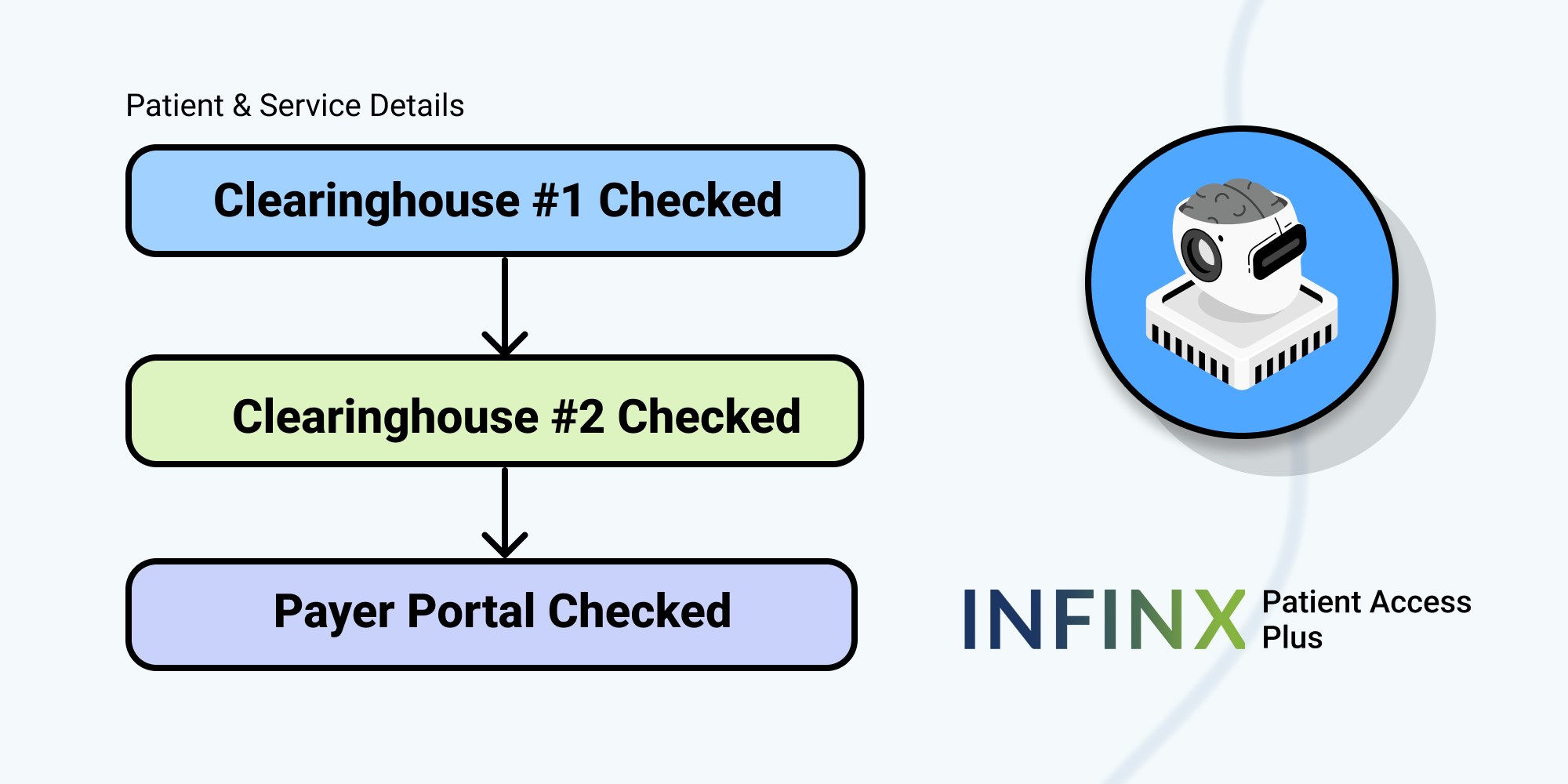Effective management of patient access and revenue cycles is crucial for healthcare providers. Central to this is the prior authorization process, which significantly impacts both financial health and patient satisfaction.
The decision to implement prior authorization software is not just about adopting new technology; it’s about understanding its important role in streamlining healthcare operations. Providers are looking for both immediate financial benefits and future operational success, far exceeding initial cost-benefit calculations.
Strategic Investment Beyond Basic ROI
Investing in prior authorization software involves a comprehensive analysis that goes beyond simple cost comparisons. It requires weighing current operational expenses against the potential for extensive long-term benefits. These benefits include not only direct financial gains but also improvements in efficiency, patient outcomes, and the overall quality of healthcare services.
Optimizing Staff Resources for Greater Efficiency
A major impact of integrating prior authorization technology is on optimizing full-time employee (FTE) resources. The automation and outsourcing of routine, time-consuming tasks frees up valuable staff time.
This shift allows staff to concentrate on more critical aspects of patient care, enhancing the quality of services provided. Moreover, this efficiency translates into considerable labor cost savings and can lead to a more motivated and focused workforce, further contributing to the overall health of the organization.
Addressing the Financial Impacts of Claim Denials and Write-offs
Claim denials and write-offs are a significant financial burden for healthcare providers, often stemming from issues in the prior authorization process. When authorization requests are rejected, especially in cases where retrospective authorizations are not feasible, it can lead to substantial revenue losses.
These losses not only impact the immediate financial standing of healthcare providers but can also have long-term implications on their financial stability and ability to invest in patient care improvements.
The Issue of Patient Abandonment in Healthcare
Patient abandonment is particularly prevalent in areas like imaging or specialized services. If patients face delays in receiving authorizations, they may choose to go to other providers, leading to a direct loss of revenue for the original provider. This issue goes beyond financial implications; it negatively affects patient loyalty and overall satisfaction.
In a time where patient experience is increasingly vital, ensuring timely and efficient prior authorization can be a key factor in maintaining a strong patient base.
Understanding the Costs of Authorization Denials and Appeals
The process of appealing authorization denials adds another layer of cost to practice management. These appeals can be resource-intensive, requiring additional staff time and effort, and the associated costs can vary significantly based on the complexity of the authorization.
For practices dealing with high volumes of denials, the cumulative cost of these appeals can be a substantial financial strain, emphasizing the need for an efficient and proactive prior authorization process.
Key Considerations when Investing in Prior Authorization Solutions
In evaluating prior authorization software, providers should consider several critical factors. These include the scalability of the solution to meet patient volume demands, the impact of the software on reducing claim denials and write-offs, its ability to enhance patient satisfaction and reduce abandonment, the ease of integration with existing systems, and the overall long-term financial and operational benefits.
The decision to invest in prior authorization software is more than a financial consideration; it’s a commitment to future-ready healthcare management. Such an investment can profoundly improve efficiency, patient care, and financial stability.
Our ROI Assessments
We have an easy prior authorization ROI calculator on our website which providers can use to quickly see labor cost savings when using our solution. All they need to do is enter in the number of prior authorization requests their team processes each month, the number of staff processing such requests, and the annual salary of each of patient access team members. Once this data is entered, results are emailed with savings calculated.
When prospects are working with us to actively consider our prior authorization software for their organization, we provide a more detailed ROI assessment with all the factors listed out in this article.
If you are looking to streamline your prior authorization processes and enhance your healthcare operations, we encourage you to request a demo and ROI assessment, and explore how our technology can make a difference.


